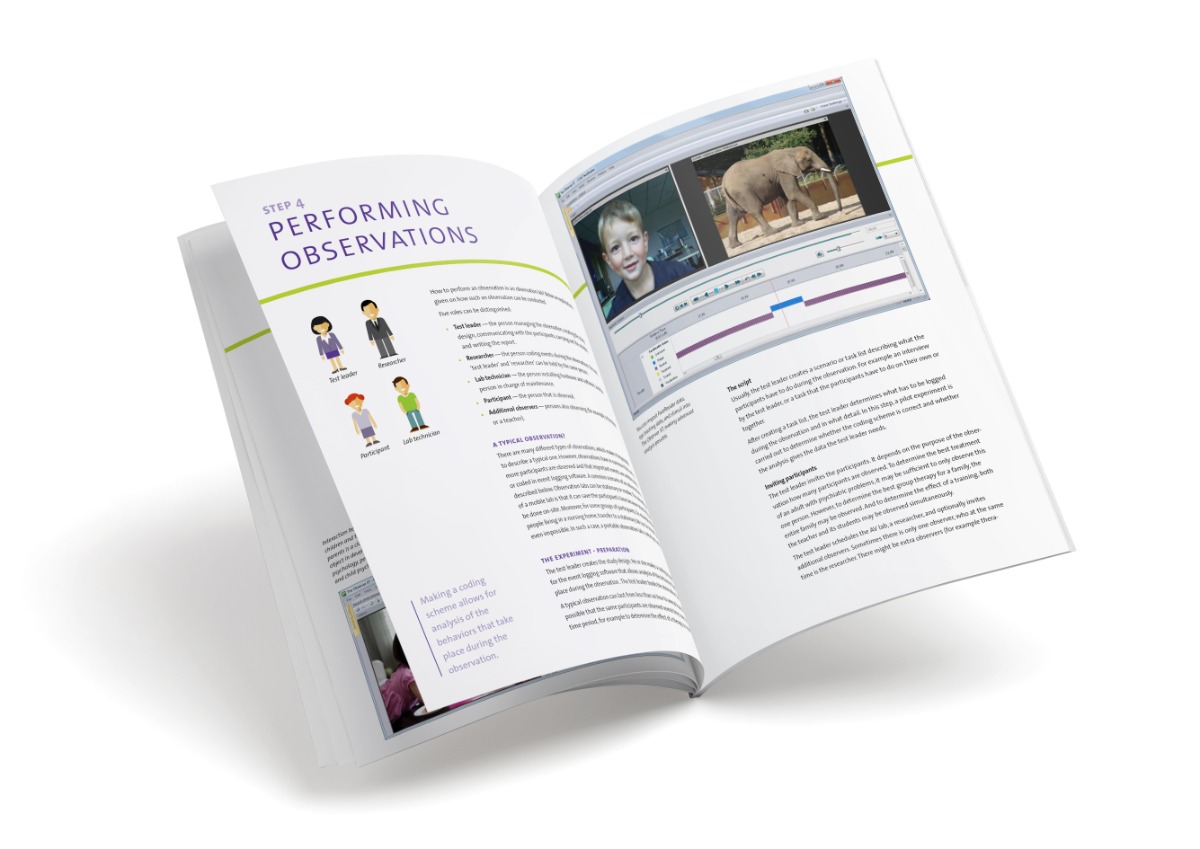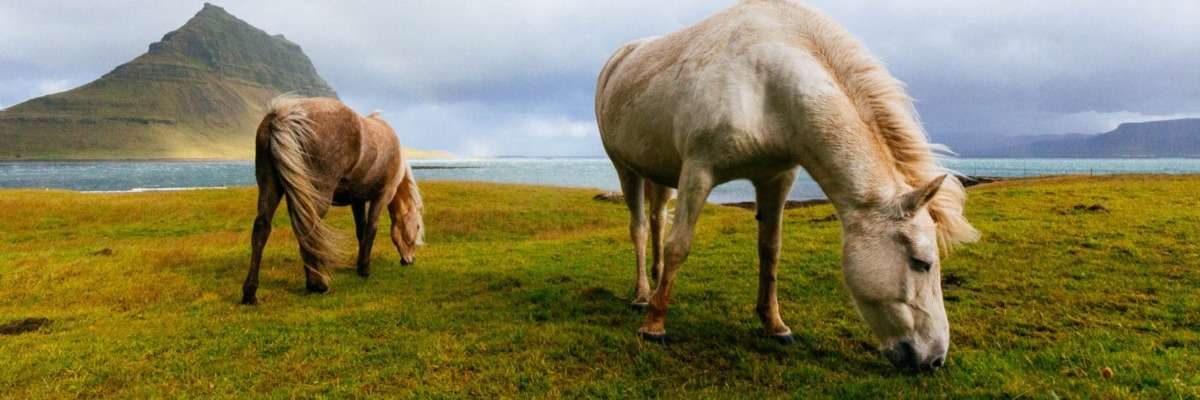
What a horse likes to eat: how to test dietary preferences
When humans are given a choice of food, we usually go for the best-tasting option. Animals also have a preference in which food they eat, although theirs is not based on taste necessarily, but on nutritional value. This choice feeding can be used to learn more about an animal’s nutritional needs and dietary preferences. However, in animals such as horses, there is a long gut transit time, which means that the horse may have difficulty making the connection between which chosen food has which nutritional consequence. So what can be done about this?
Redgate and colleagues looked into the addition of a monadic phase (a phase in which only one food was offered at a time instead of all of the options) to choice testing. For this study, researchers wanted to see how a monadic training phase would impact the horse’s choice of food and if voluntary intake and feeding behavior would be influenced if the energy content was constant, but the macronutrient diet was different.
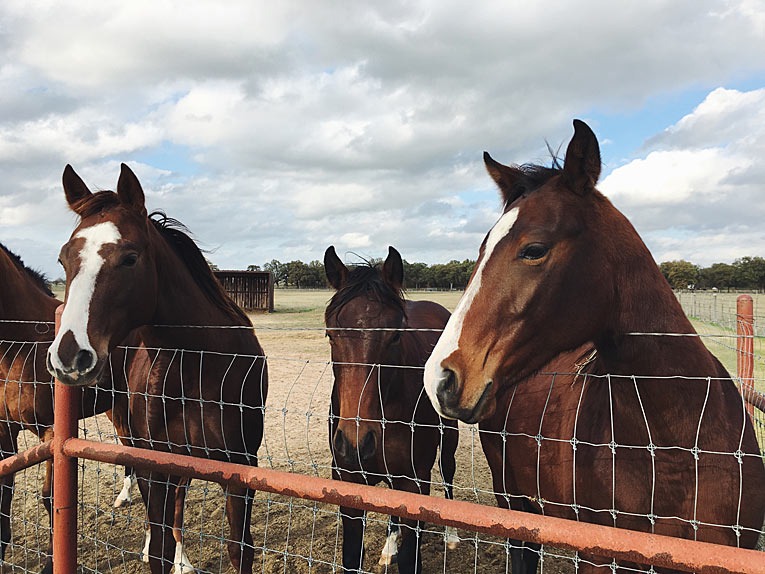
The experiment
Seven horses were used in this study. Three mixed forage diets were created using the same batch as Timothy hay as the base. The first was protein rich, the second hydrolyzable carbohydrate rich, and the last was lipid rich. After introducing the horses to the components of this diet over fourteen days to prevent gastrointestinal disturbances, the main experiment began. There were three phases to this experiment: self-selection before the monadic phase, the monadic phase, and self-selection after the monadic phase. Researchers had a before and after period in which they tested self-selection to see how the horses’ preferences changed after the addition of the monadic phase.
During the self-selection phases, three buckets containing the three different diets were placed in front of the horse’s stall. During the monadic phase, one bucket containing one of the diets was placed in front of the stall – the order of which diet was given varied between the horses. Because the food was provided ad libitum, the feeding behavior of each horse was recorded for a single four-hour period of time during the self-selection phases. The Observer was used to analyze these recordings. Every time the horse’s head was either in the bucket or, following that, out of the bucket and chewing was recorded as foraging behavior. Also recorded were the time it took for the horse to approach each of the diets and the frequency they visited each.
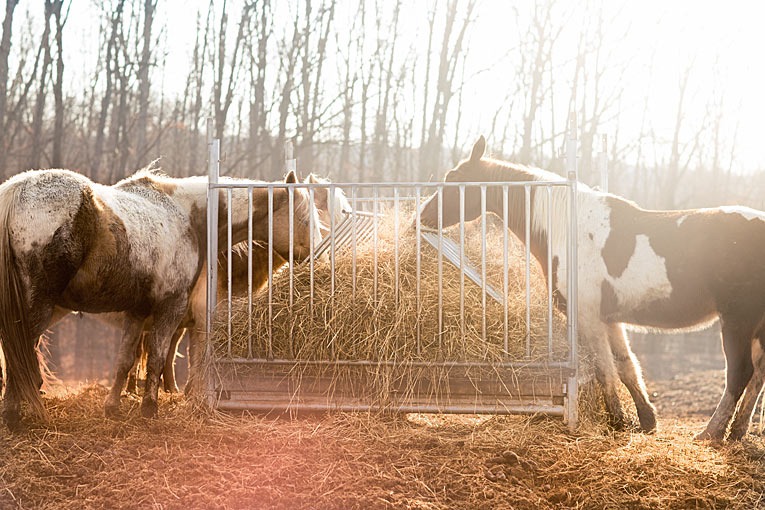
In conclusion
In a natural environment, a horse will select its diet based on the food which will provide the most energy and has the highest nutrient content. For most species besides humans, it is all about getting what is essential for survival and not only what tastes the best. However, in a natural environment, the nutritional value of a food source will change over time, making the horse change its selection patterns – it either must increase intake of the food or save energy by decreasing activity or finding shelter. However, in experiments, it is difficult for researchers to show a relationship between the nutrient content and the voluntary intake of the horse. This was due to the horse’s long gut transit time. Associations between what was eaten and its nutritional consequence took time to make when there was more than one diet presented at the same time.
Redgate et al. sought to eliminate two issues that often took place in studies researching horse diets: any learned associations based on previous experiences and the amount of time it took the horse to show an adaptive change in diet. It is interesting that even with the monadic phase added, the lipid intake of the horses remained consistent. However, there was an increase in the second self-selection phase of horse preference for the protein and hydrolyzable carbohydrate-filled feeds.
This study found that horses are capable of associating the nutrient content with sensory information when they ate the food and that using a monadic phase during testing helped the horses build associations. It also showed that horses might be aiming for certain nutrient intake targets to regulate their feed intake, which would explain why the horse did not eat as much of the lipid-filled feed – it had already met its intake target. This suggests a monadic phase could be very useful when it comes to testing dietary preferences in animals with a long gut transit time.
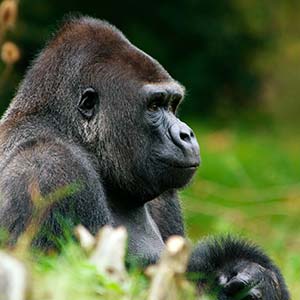
Redgate, S.E.; Cooper, J.J.; Hall, S.; Eady, P.; Harris, P.A. (2014). Dietary experience modifies horses’ feeding behavior and selection patterns of three macronutrient rich diets. Journal of Animal Science, 92, 1524-1530.
Get the latest blog posts delivered to your inbox - every 15th of the month
more
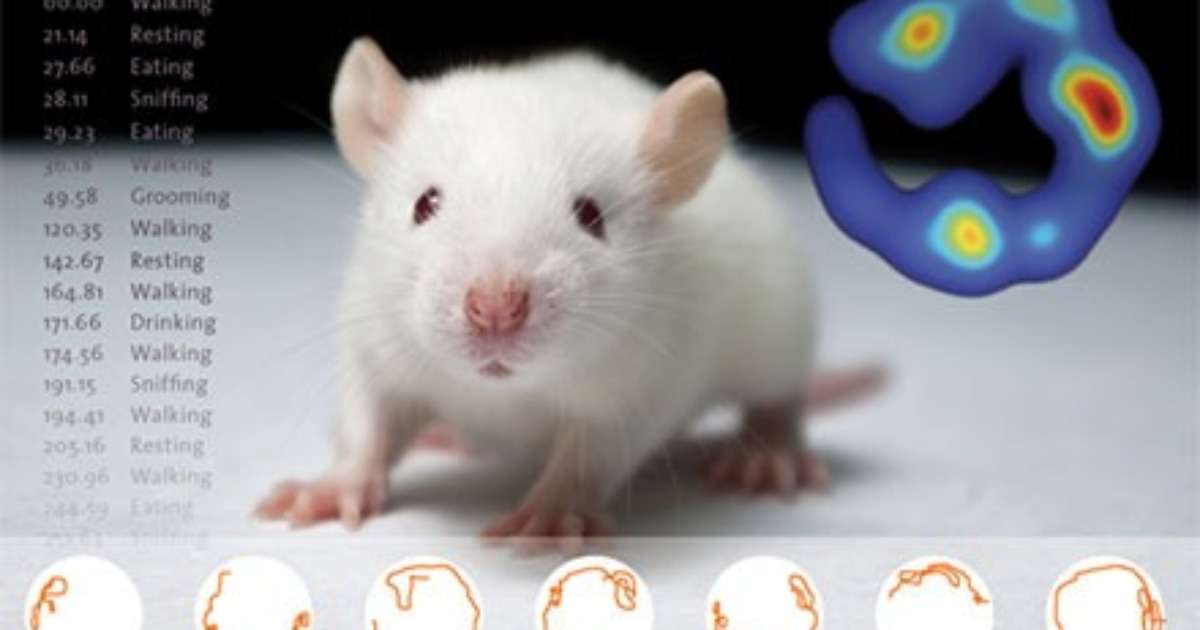
8 reasons why EthoVision XT is the superior video tracking software
Discover the unparalleled efficiency and user-friendliness of EthoVision XT, the superior video tracking platform in behavioral research, offering advanced features and worldwide recognition.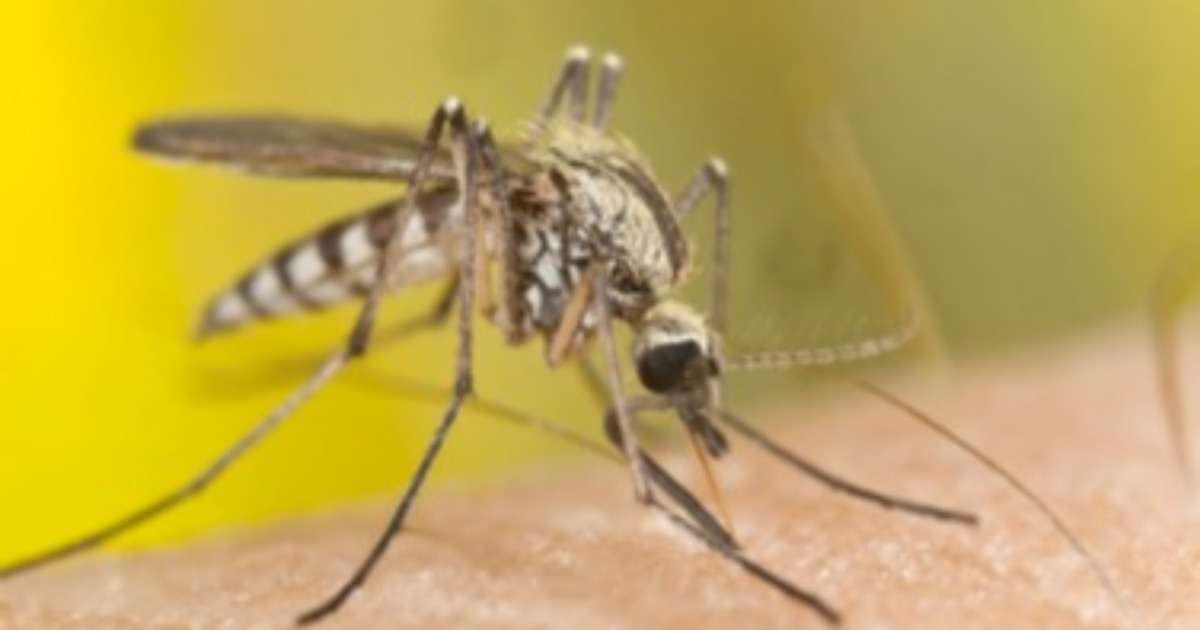
Does pesticide resistance make malaria mosquitoes “smarter”?
In one of my previous blog posts, I wrote about the success of insecticide treated bed nets in preventing malaria. In the past five years, mortality from malaria has dropped with 60%.

